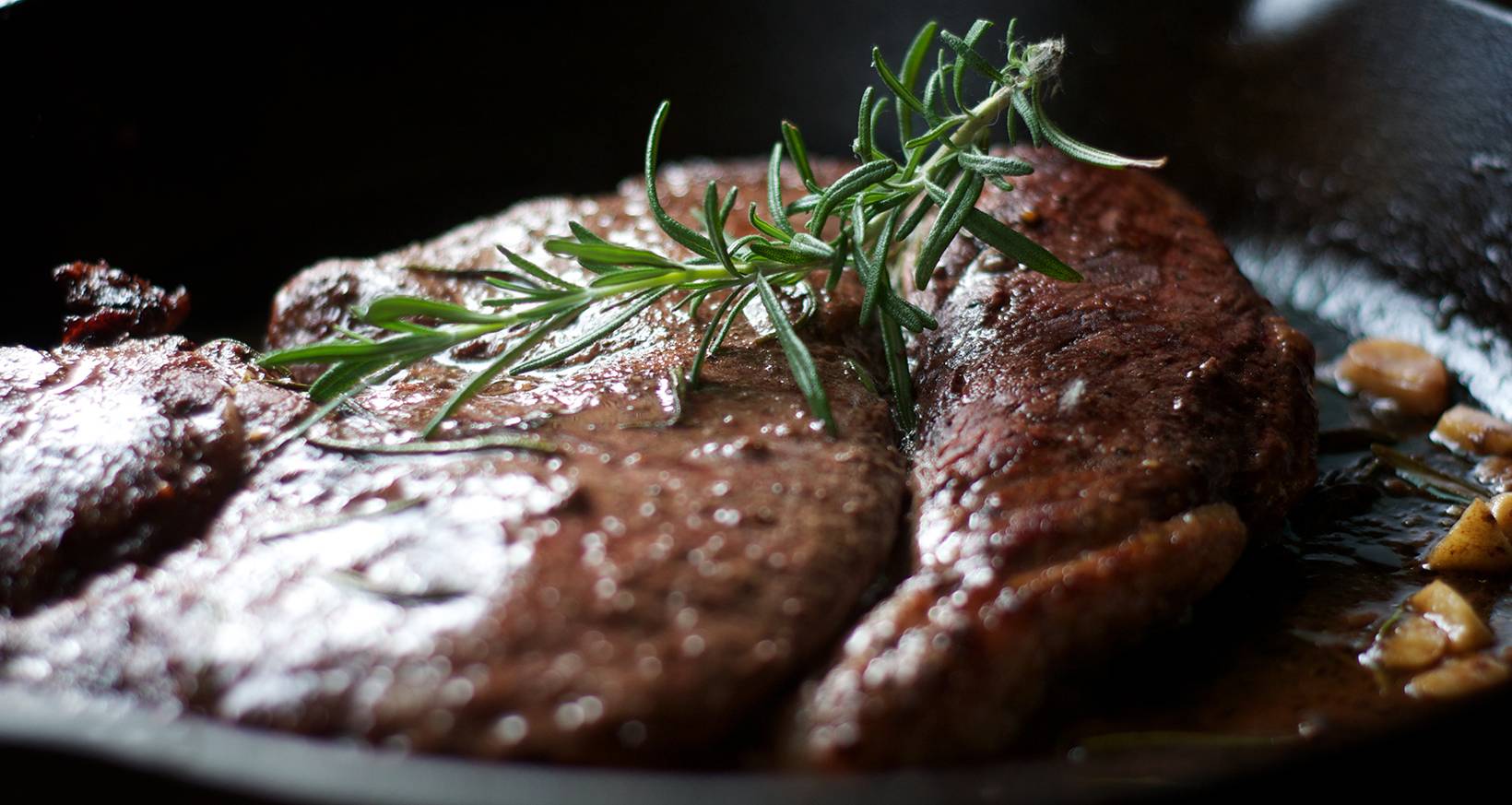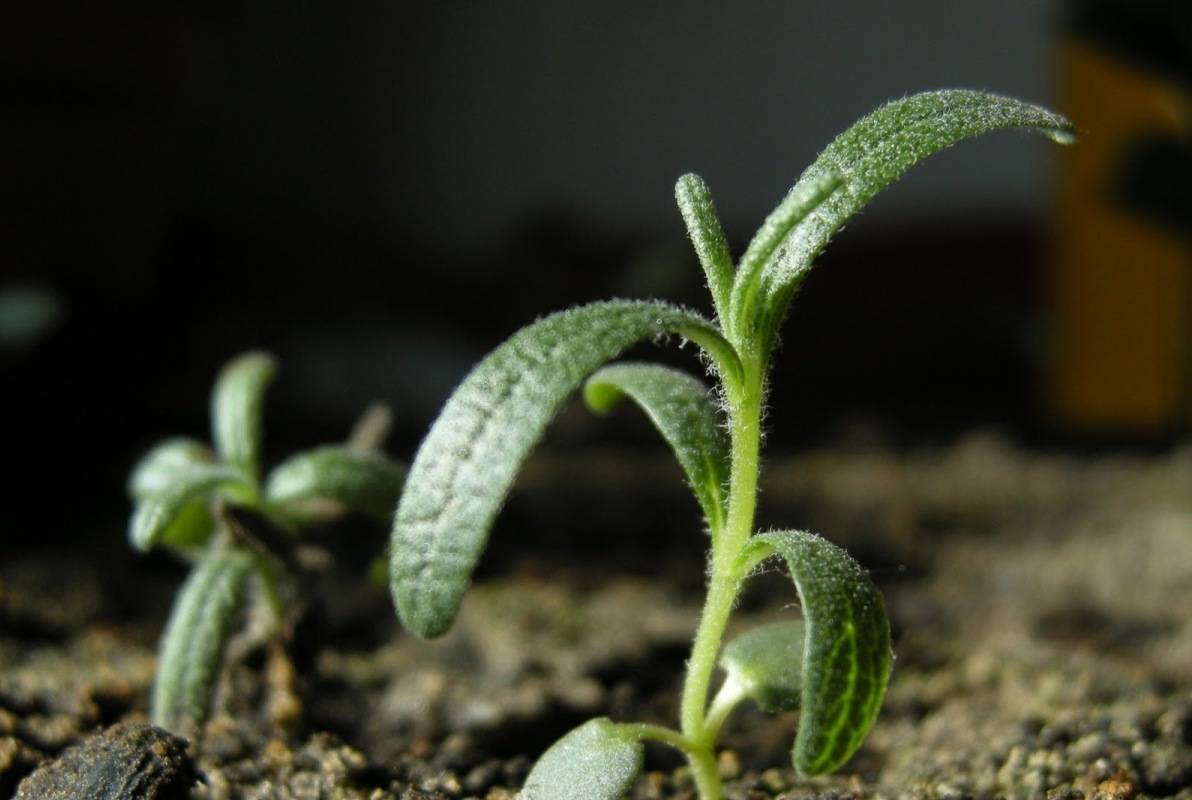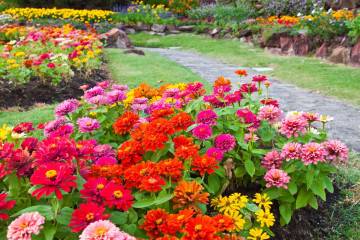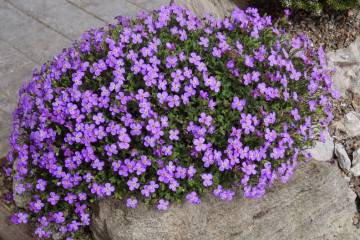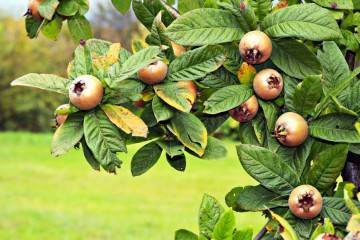Rosemary - outdoor cultivation
Content:
Rosemary is a herbaceous plant native to the Mediterranean. It is known as a spice culture. Usually everyone knows how to properly use rosemary in cooking, they have heard about its medicinal properties. But not everyone is ready to grow a heat-loving plant on their own. And it is not difficult to do this, even in the conditions of the Urals and Siberia, the shrub will survive to the delight of gardeners. No matter how harsh the winter is, the plant can always be protected by digging up and transferring it to the house. It is not an annual flower, so it can be planted again next year.
What a rosemary flower
Rosemary is an evergreen shrub. It belongs to the Lamiaceae family, among which are basil, mint, sage. The natural habitat is found in the Mediterranean basin and in European countries.
What rosemary looks like
Description of rosemary:
- It has a dense stem, it can be either pale brown or gray.
- The leaves look like needles. They are quite dense to the touch, slightly rough, small and close to each other.
- Rosemary flowers are small, purple. Rarely, but white are found. After that, the plant finishes blooming, fruits appear - nuts, inside which there are seeds.
Externally, rosemary sprigs are confused with tarragon, also known as tarragon.
What smells
The plant has a pungent aroma - what rosemary smells like is camphor. Since ancient times, it has been used as a way to get rid of moths. The smell is spicy, in small doses, pleasant, similar to the scent of eucalyptus or pine.
Plant height
Shrubs of different types differ in height. Rosemary can be up to 1.8 meters long. Some representatives grow only 40 centimeters, for example, Rosinka rosemary, known for its use in cooking. Variety Tenderness reaches one meter in height.
History of appearance
Rosemary appeared in ancient times in Egypt and Greece. The plant was considered sacred and used in various rituals:
- drove out evil spirits;
- attracted good luck;
- presented to newlyweds so that their marriage is long and happy.
He was even associated with the gods, it was believed that they weaved spice into wreaths and wore them on their heads. Therefore, the ancient inhabitants constructed similar headdresses for themselves in order to be closer to the world of saints.
Cooking use
Rosemary is widely used for food. It is indispensable for many dishes, as an ingredient that adds piquancy.
Where can rosemary be added:
- for baking as a spice. For example, in bread or jelly made from fruits;
- to fried poultry, duck, turkey, chicken;
- in sauces for fish dishes, especially in combination with lemon zest and garlic;
- to any baked meat together with other herbs, for example, goes well with dill, thyme;
- for decorating ready-made meals;
- to baked potatoes;
- in pickled mushrooms or cabbage, when used as a marinade;
- in invigorating teas.
Also rosemary and thyme, another spice with a spicy taste, are used as part of the Provence herbs seasoning. She is familiar to lovers of pizza, aromatic meat and salads. The taste of rosemary and thyme is similar, the difference is hard to feel, so seasonings are often substituted for each other.
Medicinal properties of the plant
Many people know what rosemary is as a seasoning, but its use is not limited to this. The plant has a healing effect:
- Relieves inflammation.
- Effective as a means for the prevention of infectious diseases.
- Helps with irritation of the oral mucosa.
- Relieves insomnia and nervous tension.
- It is an excellent remedy for toning and moisturizing the skin.
- Relieves menstrual cramps in women.
Despite all the medicinal properties of the herb, before using it, you should consult a doctor.
Growing rosemary in the middle lane
Rosemary, which usually does not cause problems outdoors, should be replanted or covered in winter. The bush in the middle lane, in particular in the Moscow region, will not survive severe frosts. With warm winters, for example, in Crimea, in Ukraine, if the temperature does not drop below 10-15 degrees, you can leave the rosemary in its usual place.
Where to plant in the garden
Rosemary in the garden needs to find a sunny place, the shrub loves warmth. It is important to avoid drafts and strong winds. Therefore, it is good when a wall of a house, massive trees or a fence protects the plant from inclement weather.
Priming
Before planting rosemary, the soil must be thoroughly loosened, limestone added. The plant does not like very acidic soils and also excessive moisture, so it is worth considering using drainage.
Top dressing
You need to feed the plant during the growth and flowering period no more than once a month. Organic and mineral fertilizers are used:
- Mullein is diluted with water in a ratio of 1 to 5;
- Fertilizers containing nitrogen are purchased in the spring, and phosphorus in the fall.
Topping
The leaves are pruned in the spring to form a lush bush. After the procedure, the plant begins to branch, new shoots appear. Every 6 years, it is recommended that you prune the rosemary completely, removing the branches from the ground.
How rosemary reproduces
Rosemary reproduces in several ways. Germination of seeds and rooting of cuttings are especially popular with gardeners. Reproduction methods are also used by air layering and dividing the bush.
Germinating seeds
How to plant rosemary in the country using seeds:
- Prepare containers for planting with loose soil.
- The seeds are soaked in warm water a few hours before the procedure. They should swell.
- The soil is moistened in advance.
- Seeds are placed in prepared pots to a depth of no more than 4 centimeters.
- The container is taken to a warm and dry place. It is important to keep the temperature within 25 degrees and avoid drafts.
After planting, you periodically need to spray the ground when the top layer dries out.
With proper care, seedlings will become visible in 2-3 months. You can transplant to a permanent place when they get stronger. Usually their length is about 6 centimeters.
Rooting cuttings
Cuttings for planting are cut at the end of September. In this case, they take small branches and divide them into parts so that the length of each does not exceed 10 centimeters. They must have at least three internodes.
Cut cuttings are treated with an agent that stimulates root growth and placed in a nutritious soil.The soil must be periodically moistened, not to dry out, but also to avoid excessive watering. After new leaves appear, young plants are planted in separate pots.
Air layering
It is very easy to propagate with air layers. You just need to bend the branch to the ground and sprinkle it with soil, fixing it in place. If this is not enough, you can put a stone on top. The soil around you must be moistened.
When roots appear, the plant is ready for independent life. You can carefully cut it off and transplant it to a permanent place. Usually, the roots become visible in 1.5-2 months. Depending on weather conditions, the date may change.
Dividing the bush
Dividing the bush is more suitable for indoor plants. Rosemary must be removed from the container, damaged areas removed. Carefully divide it into 2 or 3 parts, make sure that both shoots and roots remain on each. Treat the cut sites with coal powder, this will exclude the penetration of infection, disinfect. After that, new plants can be planted in separate containers or a place on the site if it grows in the garden.
Features of growing in the Urals
In the middle lane, the plant can be covered with spruce branches, after mulching with sawdust. However, when growing rosemary outdoors in the Urals, it will have to be dug up when the temperature drops to 5 degrees above zero.
Due to the fact that the flower has to be moved into the house every year, many doubt whether rosemary is a perennial or annual. But this should be done only at subzero temperatures in winter. It must be placed in a cool room and watered occasionally so that the earthy ball does not dry out.
Also, in the Urals, the soil warms up later than in the middle lane, so planting a plant in open ground should be planned for June, whereas in warmer climates, this can be done in May.
Features of growing in Siberia
If in the Urals the average winter temperature is about -18 degrees, then in Siberia it is even colder. In severe frosts, thermometer columns drop to 50 degrees. So, in Krasnoyarsk, the minimum temperature was recorded - minus 52.8 degrees. Of course, the aboveground part of the plant will die, even if you cover it, protecting it from wind and snow. Therefore, you cannot do without transferring rosemary to the house.
Summer in Siberia is hot and dry, therefore, watering should be increased in comparison with central Russia, where rosemary feels quite comfortable. The main thing is to make sure that the soil does not dry out, focusing on the weather and remember that waterlogging is much more dangerous.
Rosemary at home from seed
Growing rosemary at home from seeds is not difficult:
- It is necessary to prepare a container, individual pots or boxes for seedlings.
- Fill one third with drainage material.
- Lay moistened light soil with an admixture of peat. Land from a coniferous forest is suitable.
- Place the seeds and cover them with earth.
Cover with a film, which you sometimes need to remove to ventilate the plants and moisturize the soil. As soon as sprouts appear, the film must be removed completely. Prior to this, containers with seedlings should be in a well-lit, warm place.
Many people know the properties of rosemary and its use in cooking. But not everyone is aware that he also has healing qualities. By learning what rosemary is and what its uses are, there are many benefits to be derived from this plant.
A perennial shrub can be grown in an open area or at home, care for it, following simple rules.It can then be dried and added to various dishes to make them more savory.

